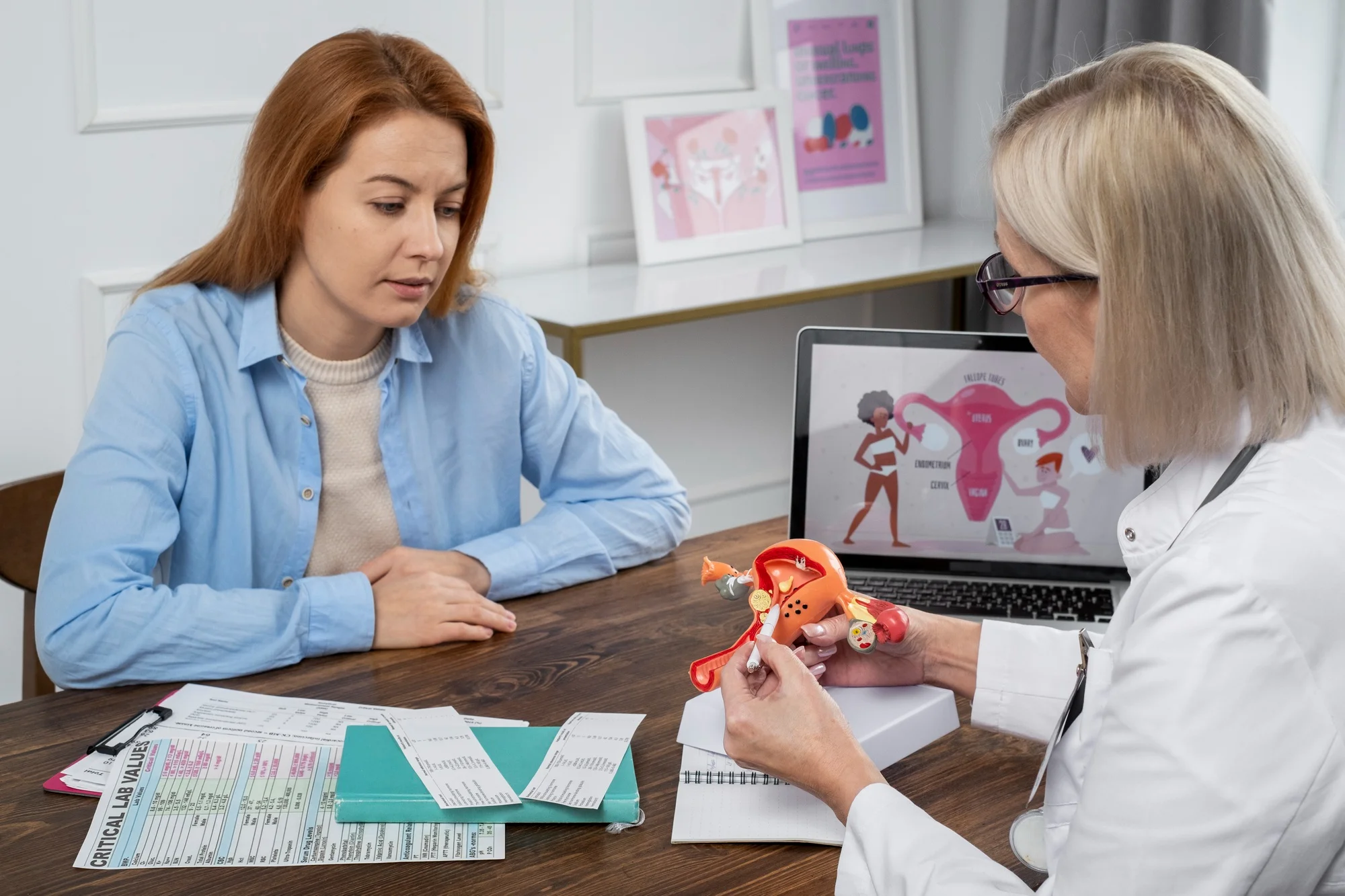Introduction
Reproductive health is a fundamental aspect of the overall well-being of individuals, yet access to these services can be uniquely challenging for adolescents with developmental disabilities, including autism. A recently published study in the American Journal of Obstetrics and Gynecology emphasizes the disparities faced by this marginalized group in accessing reproductive health care. This article delves into the research findings, highlighting the importance of tailored health care solutions to enhance service delivery for autistic adolescents and those with other developmental disabilities.
Study Overview
In January 2024, a cohort study, DOI 10.1016/j.ajog.2024.01.005, authored by Jennifer L. Ames and colleagues from Kaiser Permanente Northern California, shed light on the reproductive health care utilization among autistic adolescents compared to their typically developing counterparts. By examining the electronic health records of individuals from ages 14 to 18, the research aimed to characterize and contrast the utilization of reproductive health care services within these populations.
Key Findings
The study incorporated 700 autistic adolescents, 836 adolescents with other developmental disabilities, and 2187 typically developing adolescents. From the findings, the research team, including Meredith C. Anderson, Emily Cronbach, Catherine Lee, Onaiwu Morénike Giwa, Amy M. Vallerie, and Lisa A. Croen, revealed that autistic adolescents and those with other developmental disabilities were significantly more prone to menstrual disorders, polycystic ovary syndrome, and premenstrual syndrome.
More alarmingly, these groups were also less likely to have consultations with obstetrics and gynecology (OB/GYN) specialists or utilize any form of hormonal contraception. This included pills, hormonal implants, and intrauterine devices. Notably, adolescents in all three cohorts accessed hormonal contraception predominantly through their primary care provider, followed by an OB/GYN.
Implications of the Research
The research highlights a potential care disparity that might persist into adulthood, with autistic adolescents and those with developmental disabilities being less likely to access OB/GYN services and utilize hormonal contraception. This suggests existing health care delivery systems may not be appropriately configured to meet the specific needs of these adolescents.
Call to Action
Improvements to access reproductive health care in these populations should concentrate on services delivered across pediatric and OB/GYN settings. Enhancing awareness among health care providers about the unique challenges and medical needs of autistic adolescents and those with developmental disabilities is crucial. Additionally, making adjustments to practice environments, communication strategies, and patient engagement can make a significant difference in providing competent and compassionate care.
Potential Barriers and Solutions
Several potential barriers could be responsible for the disparity in care, including a lack of provider training on the specific needs of these populations, communication difficulties, and societal stigma or misconceptions about the sexual health of individuals with developmental disabilities.
To overcome these barriers, comprehensive training for healthcare providers on the spectrum of developmental disabilities and how they can impact reproductive health is required. Furthermore, healthcare systems should endeavor to create inclusive environments that cater to the sensory and communication preferences of autistic individuals. Moreover, initiatives to normalize conversations about sexual health and contraception for adolescents with disabilities can diminish stigma and promote access to necessary services.
Conclusion
The research insightfully presents an issue that demands attention and action. It presents an opportunity for healthcare systems, policymakers, and advocates to work collaboratively in ensuring that all adolescents, including those with autism and other developmental disabilities, receive the care and support they need for their reproductive health.
References
1. Ames, Jennifer L., et al. “Reproductive Health Care in Adolescents with Autism and Other Developmental Disabilities.” American Journal of Obstetrics and Gynecology, vol. 2024, no. 01, 11 Jan. 2024, doi:10.1016/j.ajog.2024.01.005.
2. Murphy, N. A., & Elias, E. R. (2006). Sexuality of children and adolescents with developmental disabilities. Pediatrics, 118(1), 398-403. doi:10.1542/peds.2006-1115
3. Schaaf, R. C., & Toth-Cohen, S. (2011). Innovative occupational therapy services for children with developmental disabilities in school-based settings. The American Journal of Occupational Therapy, 65(5), 506-513. doi:10.5014/ajot.2011.001644
4. Kripke, C. (2014). Ensuring comprehensive care and support for transgender and gender-diverse children and adolescents. Pediatrics, 134(4), e1327-e1334. doi:10.1542/peds.2014-0832
5. Whitehouse, A. J. O., Durkin, K., Jaquet, E., & Ziatas, K. (2009). Friendship, loneliness and depression in adolescents with Asperger’s Syndrome. Journal of Adolescence, 32(2), 309-322. doi:10.1016/j.adolescence.2008.03.004
Keywords
1. Autism reproductive health
2. Developmental disability contraception
3. Adolescent menstrual disorders
4. Access to OB/GYN care
5. Healthcare disparities autism
